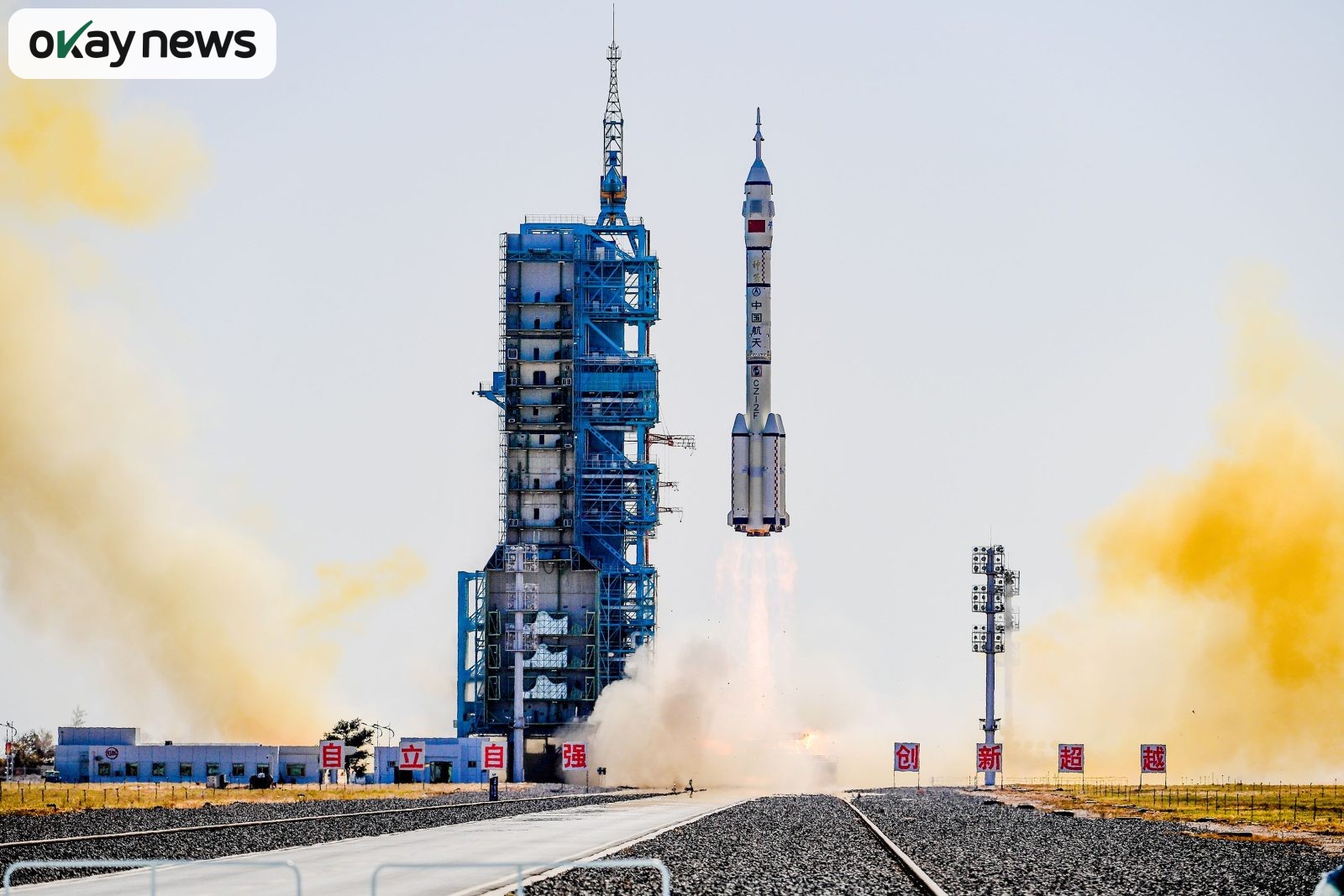China has carried out an unexpected space launch to provide a new return vehicle for astronauts aboard its Tiangong space station, after their original capsule was damaged and deemed unsafe for landing.
The unmanned Shenzhou-22 spacecraft was launched on Tuesday atop a Long March-2F rocket from the Jiuquan Satellite Launch Centre in northwest China, according to footage broadcast by state media outlet CCTV.
The mission had originally been scheduled for 2026 but was fast-tracked after a suspected strike from space debris compromised the Shenzhou-20 return capsule.
The damage left the crew of Shenzhou-20 temporarily without a safe way back to Earth. They eventually returned on November 14 aboard Shenzhou-21, nine days later than planned, leaving the newly arrived Shenzhou-21 astronauts without a reliable escape vehicle of their own.
The emergency deployment of Shenzhou-22 now ensures that the three astronauts currently aboard Tiangong — Zhang Lu, Wu Fei, and Zhang Hongzhang — have a secure option for re-entry if required.
China’s Manned Space Agency said on Monday that the trio were “working normally and in good condition”.
China is the third country in history to independently send humans into orbit, following the United States and the Soviet Union.
Since being excluded from the International Space Station in 2011 due to a US ban on NASA–China cooperation, Beijing has accelerated its own space programme, culminating in the launch of the Tiangong station.
China has also begun building international partnerships and in February signed a deal with Pakistan to train the first foreign “taikonauts” — the term used for Chinese programme astronauts.
As China pushes ahead with its long-term space plans, Tuesday’s emergency launch highlights both the risks of space debris and the country’s growing capability to respond quickly to unexpected challenges in orbit.












